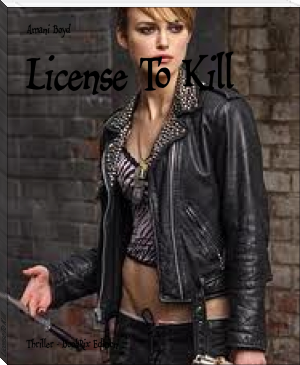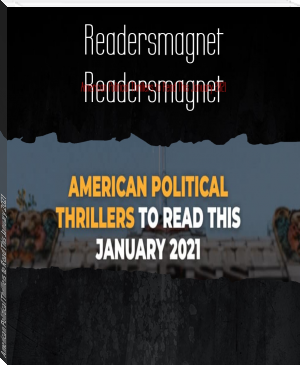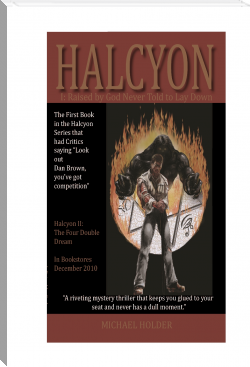Crisis Management: Beyond the Call of Duty by Craig A. McDonough (best inspirational books .txt) 📕

- Author: Craig A. McDonough
- Performer: -
Book online «Crisis Management: Beyond the Call of Duty by Craig A. McDonough (best inspirational books .txt) 📕». Author Craig A. McDonough
Free e-book «Crisis Management: Beyond the Call of Duty by Craig A. McDonough (best inspirational books .txt) 📕» - read online now
Similar e-books:





Comments (0)